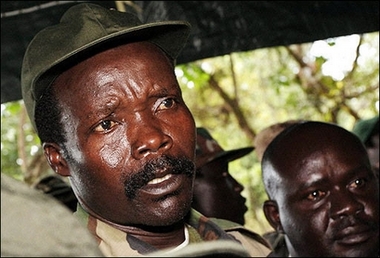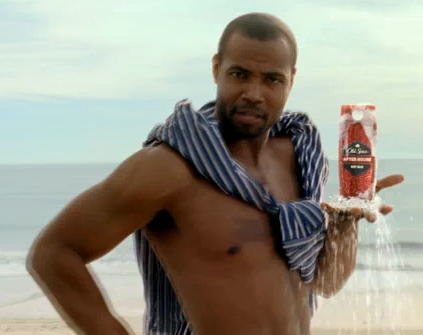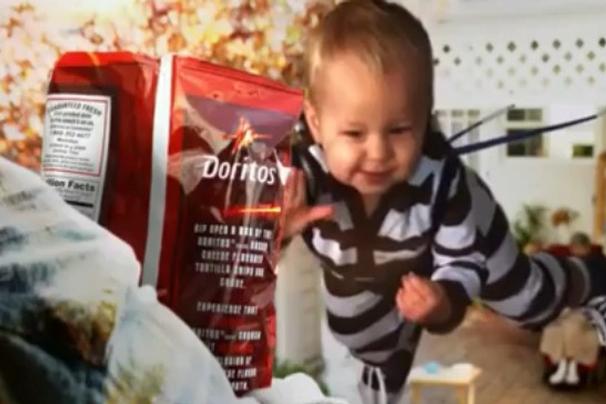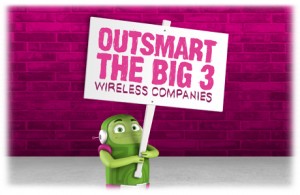In Timmy Cheung’s blog post, he analyzes how McDonald’s tailors the menus of its global stores to the tastes of the local culture. Indeed, McDonald’s global expansion is incredibly impressive and well-executed. In addition to the differentiated menus they offer, there are also very effective at employing geographical and demographic segmentation in its advertisements.
Here are some examples:
Through these videos you can see that there are many marked similarities and differences throughout their international advertisements. Firstly, all the advertisements retain the universally recognizable McDonald’s characteristics, such as the golden arches and red backgrounds, the packaging and appearance of the food, and (currently), the “I’m loving it!” slogan.
However, there are definitely many notable differences that can be found between all of McDonald’s advertisements, depending on where in the world the advertisement is targetting. The obvious differences in language aside, in the above videos, there are certain aspects that heavily pertain to specific cultures worldwide. For example, the first video is a Japanese McDonald’s commercial that contains actors dressed in traditional Japanese garments. The second is an even clearer example of this segmented marketing. Since most people who are unfamiliar with the targeted culture will have no idea what the advertising is about, the advertisement is solely aimed towards this single demographic. (In case you are wondering what you just watched, “rats running in your stomach” is a way to say you’re hungry in Hindi.) By tailoring their advertisements as well as their menus to relevant cultures around the world, McDonald’s succeeds in bringing their brand and close to the hearts and mouths of billions of people all around the world.







